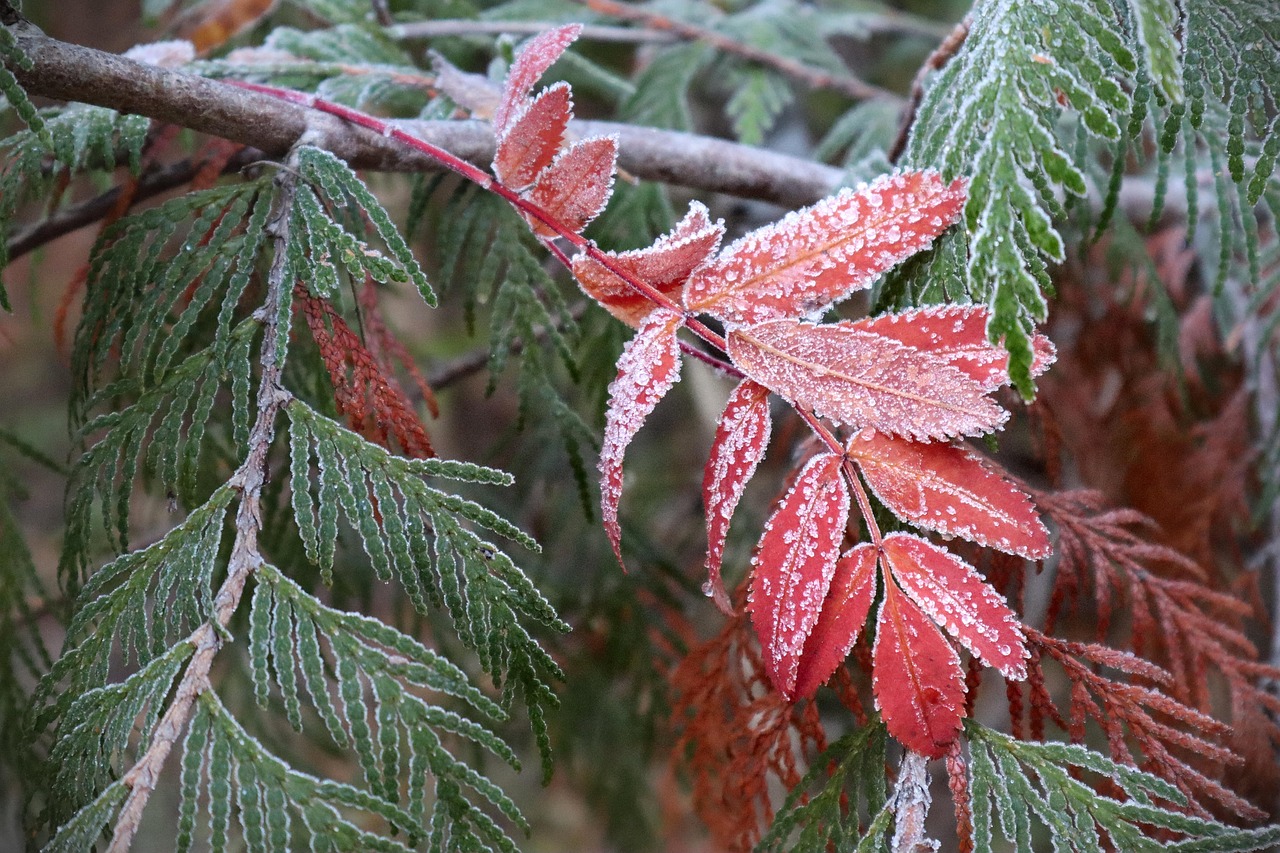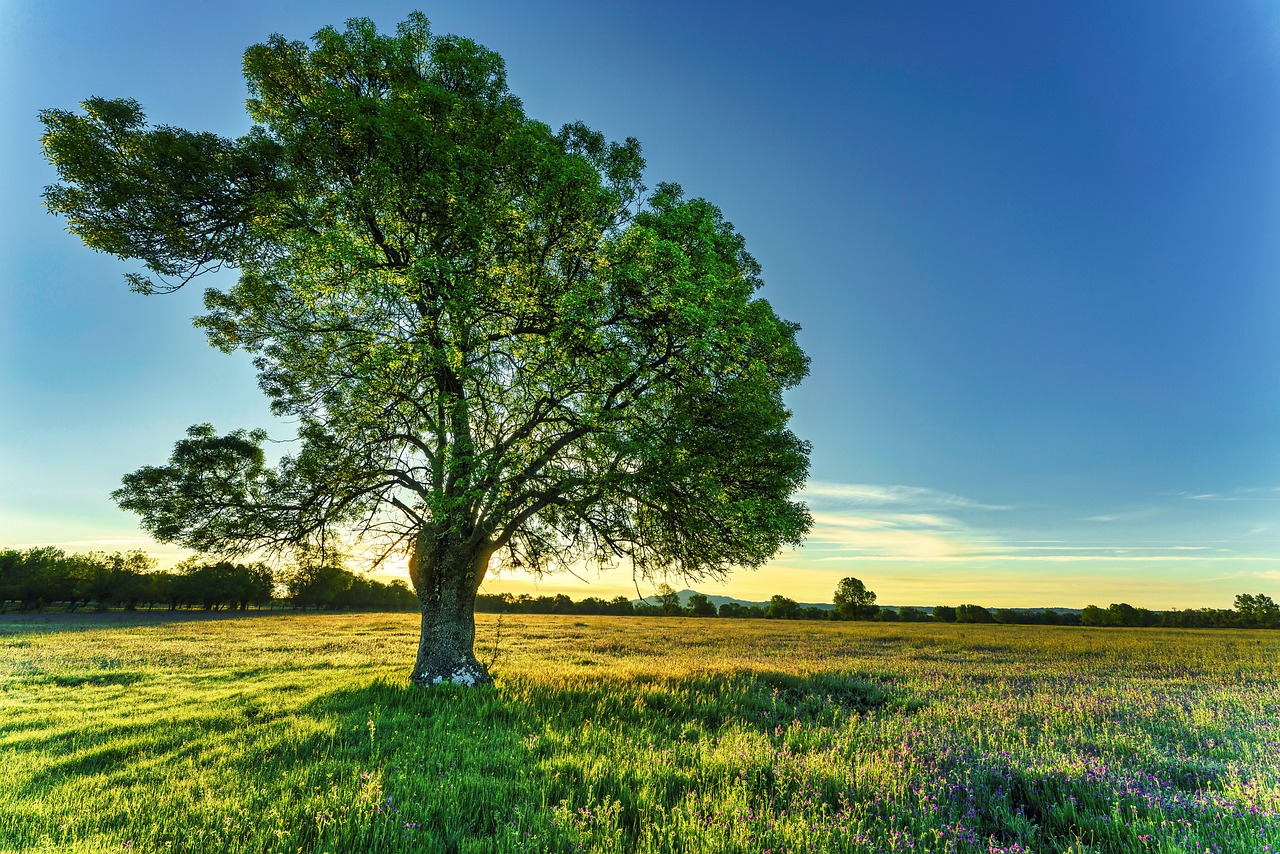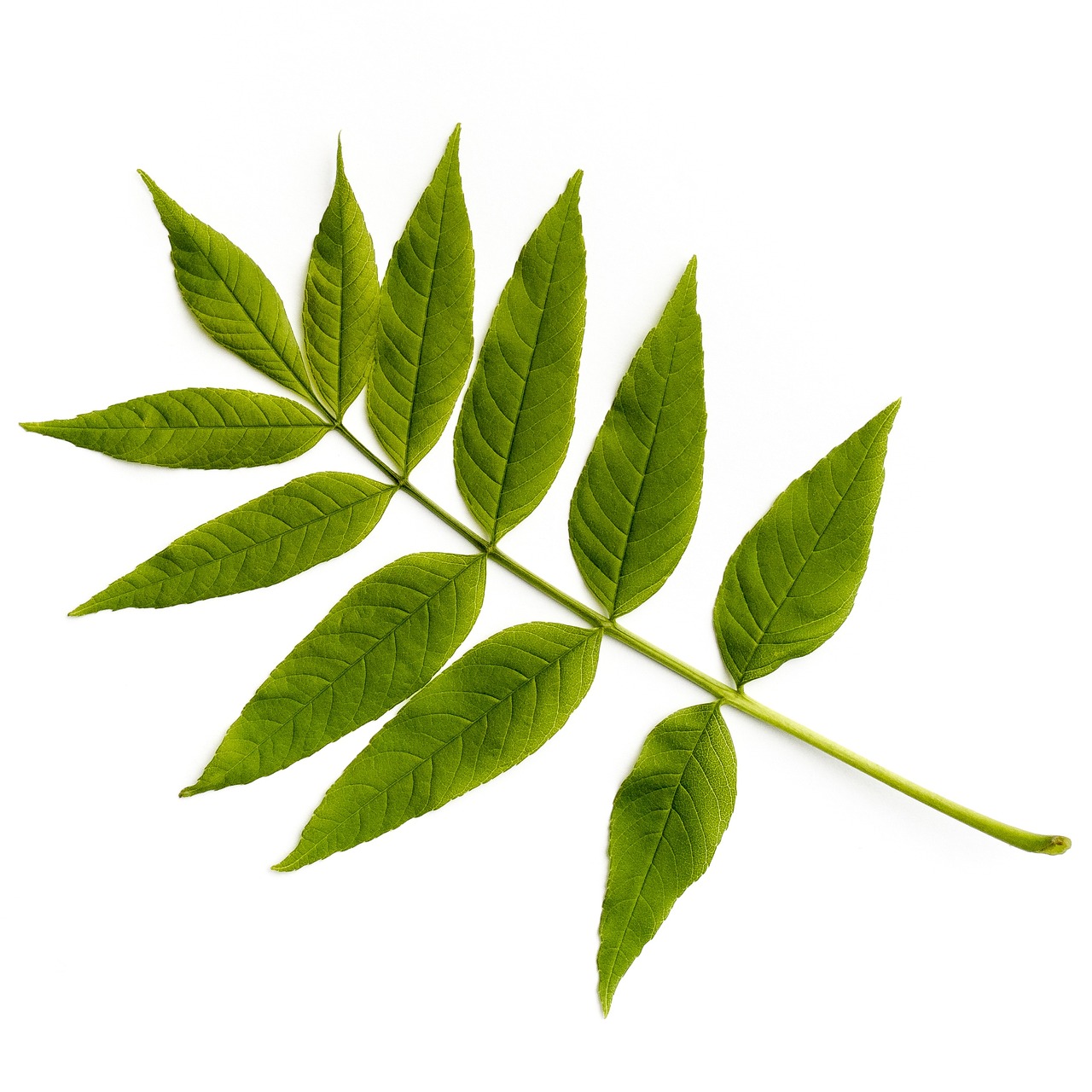The Green Ash tree has a moderate growth rate, typically reaching 1 to 2 feet per year under optimal conditions. Its adaptability to urban environments enhances its appeal, ranking it highly among trees suitable for city landscapes.
The Green Ash tree, scientifically known as Fraxinus pennsylvanica, is a popular choice for urban landscaping. This deciduous tree is native to North America and is valued for its robust nature and versatility. As cities grow, the demand for trees that can thrive in challenging conditions increases. Green Ash trees fit this requirement well due to their resilience and adaptability.

One of the defining characteristics of the Green Ash tree is its growth rate. In ideal conditions, these trees can reach heights of 50 to 60 feet and spread about 30 to 40 feet wide. Their growth rate may vary based on several factors, including soil quality, water availability, and local climate conditions. Understanding their growth patterns is essential for anyone considering planting them in urban settings.
Growth Factors for Green Ash Trees
Several key factors influence the growth rate of Green Ash trees. These include soil type, moisture levels, sunlight exposure, and overall care. Each of these elements plays a crucial role in determining how quickly and healthily a tree can grow.
- Soil Type: Green Ash trees prefer well-drained soils but can tolerate a variety of soil types, including clay and loamy soils.
- Moisture Levels: These trees thrive in moist environments but are also drought-resistant once established.
- Sunlight Exposure: Full sun conditions are ideal for optimal growth. They require at least six hours of direct sunlight per day.
- Care and Maintenance: Regular pruning and proper watering can significantly enhance growth rates.
In urban settings, Green Ash trees often face unique challenges. These include compacted soil, pollution, and limited space for root development. Despite these challenges, they remain a popular choice for street trees and parks due to their ability to adapt and thrive in urban landscapes.

Urban Versatility of Green Ash Trees
The versatility of the Green Ash tree makes it an excellent candidate for urban environments. Their ability to withstand pollution and compacted soils allows them to flourish in areas where other species might struggle. Additionally, their striking fall color adds aesthetic value to city streets and parks.
Green Ash trees are also relatively low-maintenance compared to other tree species. They are resistant to many common pests and diseases, making them a practical choice for city planners and homeowners alike. The following table summarizes some essential traits of the Green Ash tree that contribute to its urban versatility.
| Trait | Description |
|---|---|
| Height | 50 to 60 feet |
| Spread | 30 to 40 feet |
| Growth Rate | 1 to 2 feet per year |
| Soil Adaptability | Tolerates various soil types |
| Drought Resistance | Established trees can withstand drought |
Moreover, Green Ash trees provide ecological benefits as well. They contribute to air purification, improve urban biodiversity, and provide shade that can help reduce energy costs in nearby buildings. Their adaptability allows them to be integrated into various landscaping designs, enhancing the overall aesthetic appeal of urban areas.

As cities continue to expand, incorporating trees like the Green Ash into urban planning becomes increasingly important. Not only do they enhance the visual landscape, but they also play a vital role in improving air quality and providing habitat for wildlife. Understanding their growth rate and adaptability helps ensure that they are planted in suitable locations, maximizing their potential benefits.
Optimal Conditions for Growth
To achieve the best growth rates for Green Ash trees, specific environmental conditions must be met. These trees thrive in climates that provide adequate sunlight and moisture. Understanding these optimal conditions allows homeowners and city planners to plant them in locations where they can flourish.
Climate Preferences
Green Ash trees are well-suited for a range of climate zones, but they perform best in areas with a temperate climate. They are capable of tolerating cold winters and hot summers, making them a versatile choice for various regions. The following points highlight their climate preferences:

- Temperature Range: Green Ash trees can tolerate temperatures as low as -20°F and as high as 100°F.
- Humidity: They prefer moderate humidity levels but can adapt to drier conditions once established.
- Frost Sensitivity: Young trees are sensitive to late spring frosts, so planting should be timed carefully in cooler regions.
Soil Requirements
The soil type plays a crucial role in the health and growth of Green Ash trees. While they are adaptable to various soil conditions, certain characteristics enhance their growth potential:
- Drainage: Well-drained soils are preferred to prevent root rot. Poor drainage can hinder growth and lead to disease.
- Nutrient-Rich: Soils rich in organic matter support healthy growth. Adding compost can improve soil fertility.
- pH Levels: Green Ash trees prefer a pH level between 6.0 and 7.5 for optimal nutrient uptake.
Pest and Disease Resistance
One of the compelling reasons to choose Green Ash trees for urban environments is their resistance to many common pests and diseases. However, it is essential to monitor their health to prevent any potential issues that may arise.
Common Pests
While Green Ash trees are generally resilient, they can still be affected by certain pests. Here are some common pests to watch for:
- Ash Borers: These insects can cause significant damage if not managed promptly. Regular inspections can help catch infestations early.
- Scale Insects: These pests feed on tree sap and can weaken the tree. Treatment with horticultural oils is often effective.
- Spider Mites: In dry conditions, spider mites can become a problem. Maintaining proper watering can reduce their prevalence.
Diseases that Affect Green Ash Trees
Although Green Ash trees have good disease resistance, they are susceptible to a few diseases. Awareness of these conditions can help in taking preventive measures:
- Ash Yellows: This disease affects the foliage, causing yellowing and stunted growth. Affected trees should be removed to prevent spread.
- Root Rot: Caused by poor drainage, this condition leads to wilting and decline. Ensuring proper drainage is essential.
- Powdery Mildew: This fungal disease appears as a white powdery substance on leaves, typically in humid conditions. Treatment with fungicides may be necessary.
Caring for Green Ash Trees
Proper care and maintenance are vital for ensuring the long-term health and growth of Green Ash trees. Here are several important practices to consider:
Watering Techniques
During the first few years after planting, consistent watering is crucial. Here are some guidelines:
- Deep Watering: Water deeply once or twice a week, especially during dry spells, to encourage deep root growth.
- Avoid Overwatering: Ensure that the soil drains well to prevent root rot.
Pruning Practices
Regular pruning helps maintain the shape and health of the tree. Consider the following tips:
- Timing: Prune during late winter or early spring when the tree is dormant.
- Cuts: Make clean cuts at a slight angle to promote healing. Remove dead or crossing branches to improve airflow.
Nutrient Management
The application of fertilizers can enhance growth, especially in nutrient-poor soils. Here are some recommendations:
- Timing: Fertilize in early spring before new growth begins.
- Type of Fertilizer: Use a balanced fertilizer with equal parts nitrogen, phosphorus, and potassium.
By understanding the needs and characteristics of Green Ash trees, urban planners and homeowners can make informed decisions that promote healthy growth and sustainability in city landscapes.
Environmental Benefits of Green Ash Trees
In addition to their aesthetic appeal and adaptability, Green Ash trees provide numerous environmental benefits. These advantages contribute not only to urban landscapes but also to the overall health of the ecosystem. Understanding these benefits can help foster appreciation for this valuable species.
Air Quality Improvement
One of the most significant contributions of Green Ash trees is their ability to improve air quality. Trees act as natural air filters, absorbing carbon dioxide and releasing oxygen. Here are some key points regarding their impact on air quality:
- Carbon Sequestration: Green Ash trees absorb carbon dioxide during photosynthesis, helping to mitigate climate change.
- Pollutant Absorption: They filter harmful pollutants such as sulfur dioxide, ammonia, and nitrogen oxides from the air.
- Particulate Matter Reduction: The leaves of Green Ash trees trap dust, pollen, and smoke, reducing particulate matter in the air.
Temperature Regulation
Green Ash trees also play a crucial role in regulating temperatures in urban areas. Their shade can significantly lower surface and air temperatures, resulting in several benefits:
- Urban Heat Island Effect: By providing shade, these trees help combat the urban heat island effect, which occurs when city areas become significantly warmer than surrounding rural areas.
- Energy Savings: Shaded buildings require less energy for cooling, leading to lower electricity costs during hot summer months.
- Microclimate Creation: The presence of Green Ash trees can create cooler microclimates that support diverse plant and animal life.
Biodiversity Enhancement
Green Ash trees contribute to urban biodiversity by providing habitat and food sources for various species. Their role in maintaining ecological balance is invaluable.
Wildlife Habitat
The canopy and foliage of Green Ash trees offer shelter and nesting sites for birds and small mammals. Additionally, their flowers produce nectar that attracts pollinators. Key points include:
- Bird Species: Many birds rely on Green Ash trees for nesting and feeding. Species like woodpeckers and chickadees benefit from their structure.
- Pollinator Attraction: The flowers of Green Ash trees attract bees and butterflies, enhancing local pollinator populations.
- Insect Habitat: The tree supports various insects that serve as food for other wildlife, contributing to a balanced ecosystem.
Soil Erosion Control
The root system of Green Ash trees helps stabilize soil, preventing erosion in urban areas where soil disturbance may occur. Here are some important aspects:
- Root Structure: Deep roots anchor the tree, reducing soil movement during heavy rain or wind.
- Soil Quality Improvement: Decaying leaves add organic matter to the soil, enhancing its fertility over time.
- Stormwater Management: Trees like the Green Ash help absorb rainwater, reducing runoff and mitigating flooding risks in urban areas.
Cultural and Aesthetic Value
The cultural significance and aesthetic contributions of Green Ash trees enhance the quality of life in urban settings. Their presence can transform spaces into more inviting environments.
Aesthetic Appeal
The Green Ash tree is known for its striking appearance throughout the seasons. Its characteristics include:
- Lush Foliage: The tree’s dense canopy provides a rich green backdrop in spring and summer.
- Fall Color: In autumn, Green Ash trees display vibrant yellow to orange foliage, providing a stunning visual display.
- Architectural Form: The tree’s symmetrical shape makes it an attractive choice for parks and streetscapes.
Cultural Significance
Green Ash trees hold cultural importance in various communities. They are often planted in memorials or commemorative landscapes. Additionally:
- Community Gathering Spaces: Parks with Green Ash trees offer shaded areas for recreation and social gatherings, enhancing community bonds.
- Cultural Heritage: In some regions, they are part of local traditions and heritage, symbolizing strength and resilience.
The multifaceted environmental benefits, aesthetic appeal, and cultural significance of Green Ash trees make them an essential component of urban landscapes. Their ability to adapt to various conditions while providing substantial ecological advantages positions them as a top choice for city planners and homeowners alike.
Challenges of Planting Green Ash Trees
Despite their many benefits, planting Green Ash trees in urban environments can present certain challenges. Awareness of these potential issues can help mitigate risks and ensure successful growth.
Invasive Species Concerns
One of the primary challenges with Green Ash trees is their susceptibility to invasive pests. The Emerald Ash Borer, for example, poses a significant threat to Ash species across North America. Consider the following points:
- Pest Infestation: The Emerald Ash Borer has devastated populations of Ash trees, leading to tree mortality and requiring extensive removal efforts.
- Management Strategies: Implementing pest management strategies, such as insecticide treatments and monitoring programs, can help protect Green Ash trees.
- Species Diversity: Planting a diverse mix of tree species can reduce the risk of widespread loss due to pests affecting a single species.
Maintenance Requirements
Green Ash trees require ongoing maintenance to ensure their health and longevity. Here are some maintenance considerations:
- Regular Inspections: Routine checks for signs of disease or pest infestation are crucial for early detection and intervention.
- Water Management: While established trees are drought-resistant, younger trees need consistent watering to thrive, especially during dry spells.
- Mulching: Applying mulch around the base of the tree can help retain moisture and regulate soil temperature.
Future Prospects for Green Ash Trees
The future of Green Ash trees in urban landscapes will depend on how communities address the challenges they face. With appropriate strategies in place, these trees can continue to thrive in city settings.
Urban Forestry Initiatives
Many cities are adopting urban forestry initiatives aimed at enhancing green spaces and promoting biodiversity. Green Ash trees can be integral to these efforts:
- Tree Canopy Goals: Urban forestry programs often set goals for increasing tree canopy coverage, which can directly benefit from planting more Green Ash trees.
- Community Involvement: Engaging local communities in tree planting and care initiatives can foster a sense of stewardship and responsibility toward urban greenery.
- Education Programs: Educating the public about the ecological benefits of trees can encourage support for planting and maintaining Green Ash specimens.
Research and Development
Ongoing research into improving the resilience of Green Ash trees against pests and diseases is vital. Scientific efforts may include:
- Genetic Studies: Researching genetic diversity within Green Ash populations may lead to the development of more resistant tree varieties.
- Innovative Practices: Exploring new horticultural practices can enhance growth rates and adaptability in urban settings.
- Conservation Efforts: Conservation programs aimed at protecting existing Green Ash populations can help maintain genetic diversity and sustainability.
Conclusion
The Green Ash tree stands out as a remarkable species for urban environments due to its moderate growth rate, adaptability, and numerous environmental benefits. Its ability to improve air quality, regulate temperatures, and enhance biodiversity makes it an essential component of sustainable city landscapes.
While challenges such as pest threats and maintenance requirements exist, proactive management strategies can ensure the continued success of Green Ash trees in urban settings. The future prospects for this versatile tree are promising, especially with increased community involvement and ongoing research efforts focused on enhancing its resilience.
Ultimately, by recognizing the value of Green Ash trees and committing to their care and conservation, communities can create healthier, greener urban environments that benefit both people and wildlife alike.
